As the demographics of the West change, sportsmen and women can feel good about supporting working ranches that responsibly graze their livestock on public lands—these private landowners and land managers are key partners in conservation and often facilitate hunting and fishing access, unlike the condo complexes that might pop up without them
Private lands make up about 60 percent of the U.S., while hundreds of millions of acres are grazed by livestock. And though it may seem like sportsmen and women only have eyes for public lands, these private lands can also offer critical seasonal habitats and connectivity for fish and wildlife, as well as recreation access.
Working ranches are an incredibly important part of this public-private land fabric—not to mention the Western economy and way of life. But the reliance on public lands for grazing has remained a hot-button issue even after unregulated grazing was curbed by federal law decades ago.
Some of you may immediately think of Nevada rancher Cliven Bundy and the armed confrontation over his failure to pay grazing fees to the federal government for the use of public lands. Others may have heard groups calling for the outright abolishment of all public land grazing. But smack dab in between these opposing and polarizing views lie most sportsmen and women and tens of thousands of hardworking families who own and manage millions of acres vital to fish and wildlife.
So why does this legitimate use of public lands still get a bad rap?
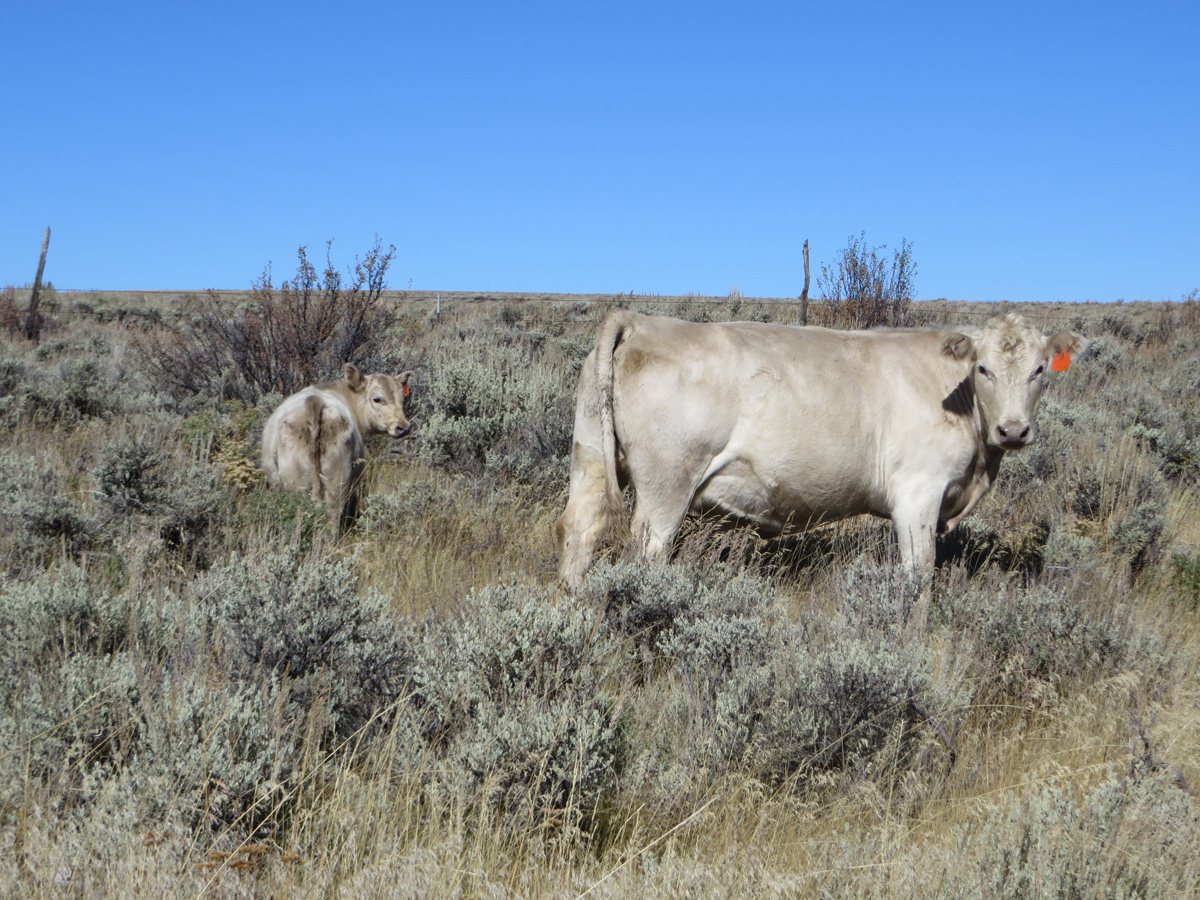
A Brief History of Grazing in the West
Livestock grazing on both private and public lands dates back to the homesteading era and westward expansion. As iconic and integral as ranching is to the West’s ethos and economy, grazing has also contributed to a long history of controversy and debate over public lands management, from the era of unmanaged sheep and cattle grazing after the Civil War to the Sagebrush Rebellion in the 1970s into the present day.
After decades of unregulated livestock use in the West led to overgrazing and degradation of rangeland and water resources, Congress passed the Taylor Grazing Act in 1934. Today, livestock grazing is much more heavily regulated, yet remains a hot topic, as grazing plays into the complex multiple-use management scheme that must address increasing demands on our federal public lands from a growing human population.
At the heart of this perpetual debate lies a wide range of issues surrounding private property valuation and rights, water quality and usage, endangered species, access to public lands, and habitat for fish and wildlife, among other things. Across Western landscapes, private lands often occur in a “checkerboard” arrangement with federal and state lands, further complicating issues and creating unique challenges for multiple-use management.
Despite the complexities of multiple-use management, maintaining economically viable ranches is of vital importance. The loss of family-owned ranches might mean development on some pretty special landscapes, loss of habitat for native species, or the end of “handshake agreements” for hunting and fishing access.
Not an Either-Or Proposition
So, why is public-land grazing so necessary to keeping these private-lands ranchers in business and on the land? To remain financially solvent, many ranches rely on their own acres AND federal grazing permits. Most of the time, they can’t have one without the other.
The Taylor Grazing Act put tens of millions of acres of public land into grazing districts and smaller units, or allotments. Ranchers apply for renewable 10-year permits to graze on these allotments. Each permittee must own their own base property near the allotment to be eligible and must pay for their use. So, not just anyone can graze their cattle on public lands.
Most Western ranches need both their deeded property and their federal grazing allotments to make an operation economically viable. If ranchers can’t sustain their businesses from the land they own and federal lands they have access to, most will undoubtedly hit a breaking point and sell to a willing buyer. And the sale of existing properties can present new challenges to sportsmen and women.
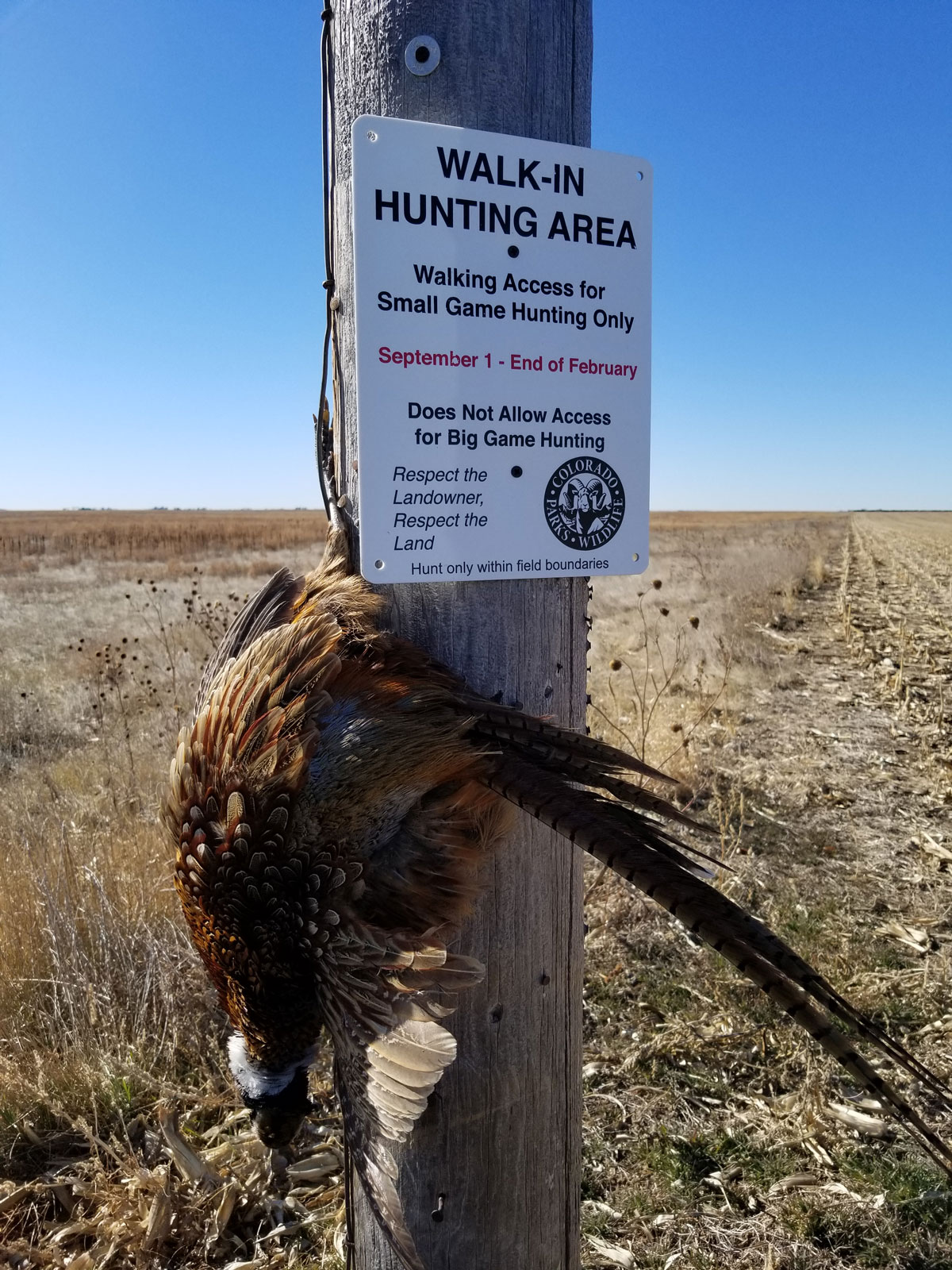
Private Lands in Other Hands
Much of what happens if a ranch must be sold depends on whether it has a perpetual or long-term easement in place, who buys the land, what their objectives are, and other factors driving the purchase and existing land condition. But a great reason to support responsible ranchers with public land resources is to avoid the risk of what could come next if they sell their property.
While many chunks of land would never be carved up for parking lots, luxury homes, condominiums, commercial real estate, or other development, sub-division of large tracts of land indeed is a real and ominous threat already pervasive across the West. Subdividing private lands does not usually bode well for wildlife conservation or our hunting and fishing access.
Land may transfer hands to another ranching operation—possibly even one with a stronger emphasis on voluntary conservation—but a new landowner could also choose not to re-enroll in a public access program or might move forward with converting wildlife-friendly rangeland to cropland.
The future of private land depends on many things that wind up looking like a roll of the dice in Vegas compared to keeping working lands in knowledgeable working hands.
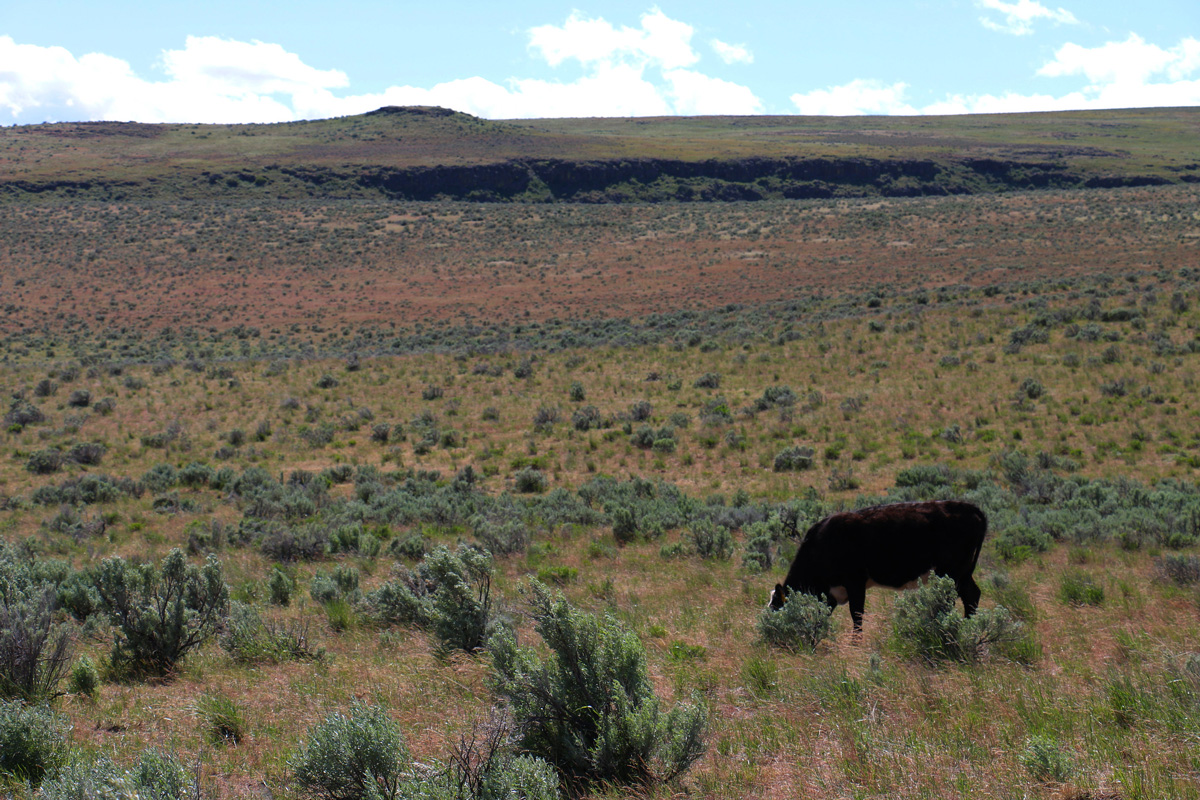
Partners in Conservation
Landowners are critical to conservation success and thus must be considered necessary partners in conservation. They shouldn’t have to feel threatened by species restoration plans or other resource conservation efforts. Conservation should present opportunities for landowners to keep their lands productive and thriving for both livestock and fish and wildlife.
Ranchers are already doing on-the-ground work through programs like the Sage Grouse Initiative, Partners for Conservation, Working Lands for Wildlife, and Farm Bill conservation programs like Voluntary Public Access.
There can be negative impacts on habitat from improper livestock grazing, and there will likely continue to be issues and disagreements among private landowners and public land users on how public land should be managed. We are all equally accountable to natural resources held in the public trust, whether you own cattle, land, or a hunting license.
Assuming the worst of landowners or attacking their interests does nothing to further conservation. In most cases, they are the worthy stewards of their own lands and our public acres. And losing working ranchlands to development would not bode well for fish, wildlife, or sportsmen in the long run.
Recent angst over sage-grouse conservation, leasing in migration corridors, and water issues should encourage us to strengthen our relationships with all stakeholders interested in finding common ground for conservation and use of our public lands. That includes ranchers who rely on public lands for grazing. The path forward for public and private land management that will sustain conservation is one of continued collaboration and partnership—not polarization.
Aldo Leopold once said: “Conservation will ultimately boil down to rewarding the private landowner who conserves the public interest.” As the contemporary adage goes, the TRCP supports keeping “working lands in working hands.” We will continue working with our organizational partners, plus businesses, landowners, and decision-makers, to ensure that our landscapes provide all Americans quality places to hunt and fish.
Top photo by USDA NRCS Montana.

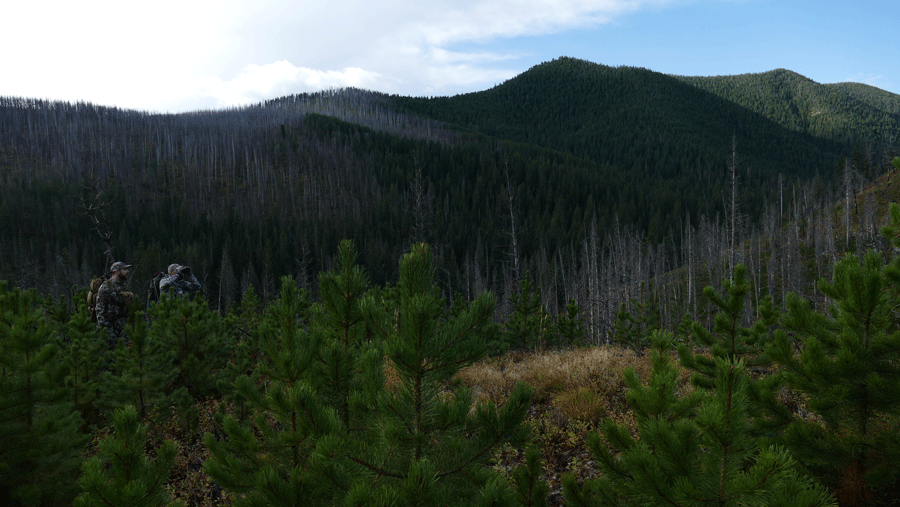
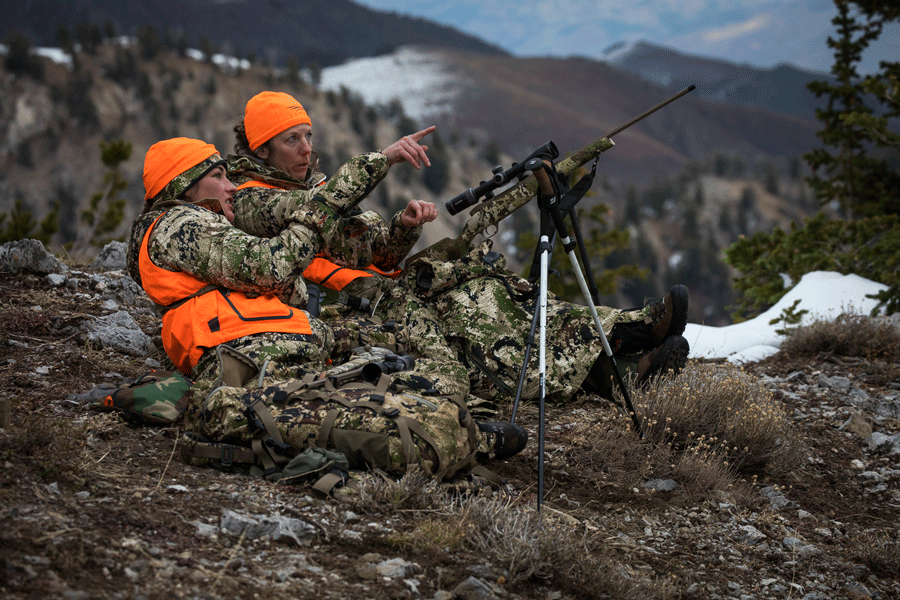
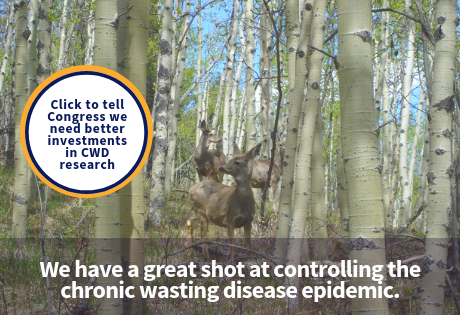
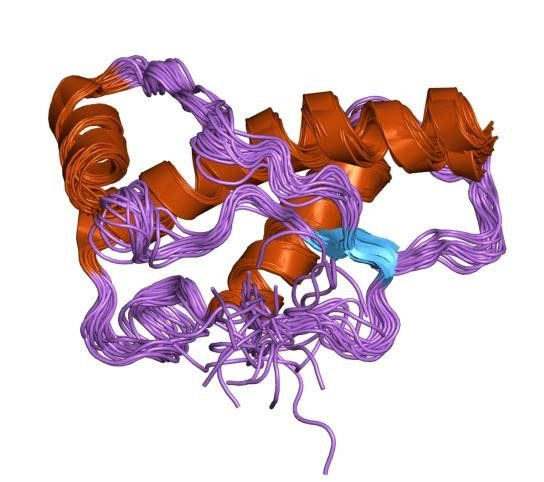






While I certainly agree with some of this article, and feel that private land owners will play an increasingly important role in land conservation going forward, there are aspects of ranching on public land that I strongly oppose. One big example for me has to do with predator culling, especially when we’re talking about threatened or endangered species such as wolves and grizzlies. To summarize my point in an example, if a pack is attacking livestock on private land, fine, reasonable measures and possible culling may be acceptable. However, for game and fish departments to be forced to remove whole packs due to predation of livestock on public land, public forests even, is absurd. This has happened recently in Washington State with the Smackout and Sherman packs. Ranchers wanting to graze on public land should have to acknowledge that there are predators in public forests and they should expect and ACCEPT some losses if they wish to graze there. These animals are appreciated and enjoyed by other users of public lands and are not “owned” by ranchers.
I’d be happy if ranchers killed predators, there are too many as it is.
One of the most key points to your opinion/info piece is the term you use regarding “responsible ranchers”. Your points are well taken and I largely agree with them. Good range and wildlife science and management using modern techniques and methods is important to our cause. The problems occur when we allow good management decisions to be affected or replaced by greed for the almighty dollar or political or personal power. Overgrazing still happens across the west. It is a fact. Wildlife species pay for this because of it. Interactions between wildlife users and grazers must be respectful, thoughtful, and meaningful in order to find that proper balance between the use by man and the use by wildlife that also benefits mankind. Find and cultivate those “responsible ranchers.”
The above opinion is mostly correct. We must push for more monitoring of public land grazers. Wildlife of all sorts are in decline, in part due to rangeland conditions. Sage grouse will have to be listed on the ESA, before change happens, sorry to say. And, mule deer directly compete with cattle. Mule deer are in decline, primarily due to loss of habitat–fact. There are other contributors, but we can fix habitat, and it’s about reducing AUM’s on public lands–both USFS and BLM. There are examples of “sustainable ranching”. They are few and far between. We must push the Federal government to complete all grazing allotment surveys and fix the failing allotments, before cattle are allowed back on those. We can save our wildlife through federal agencies following the laws on the books.
I think that while we need to work closely with those ranchers who attempt to sustain the environment we also need to be aware of those that for usually purely financial reasons overgraze and overcrowd the land. While BLM and the USDA is supposed to monitor the range allotments they usually do not and the ranchers who do overgraze get away with it for years. Overgrazing allows invasive weeds to have a much better chance to take over, most of which have little or no nutritional value to either livestock or wildlife and create a fire risk
Solid piece here from TRCP and Mr. Arnett. Most ranchers and farmers play a quiet but important stewardship role in the management of wildlife and our public lands. Their contributions aren’t often recognized (they tend to be modest and don’t have PR machines turning out press releases) and the Cliven Bundy villains of the world grab the headlines first with bad behavior. Same goes for hunters and anglers. How many headlines or stories do you read about the respectful hunter who did what they were supposed to? We only hear about poaching, littering and property damage. Too often, the worst actors in any one user group become the vilified example to represent everyone else. That doesn’t do any of us any favors. While we can all do a better job of policing our own, calling out bad behavior and setting better examples, the vast majority of any group whether it be hunters, anglers, mountain bikers or ranchers are deeply connected by a shared love of wild places, healthy habitat, robust critter populations, and open lands and waters. The more we can work together to accomplish great things for conservation across shared interests instead of becoming distracted by the slim margins of disagreement, the better off our hunting, fishing and living will be. Perhaps it’s up to us to remind our members of congress how to be good neighbors too…if we do our part to marginalize fringe behaviors and focus our attention on the positive contributions we’re all making within our own roles, the fish, wildlife and us human critters might just have a fighting chance in this world.
It does seem to matter what grazing method and what sort of landowner who is using the BLM land .. There is such little information as to what actually is the best practice to benefit the land , especially desert lands.. hence land owner even with the best intentions may be doing what is historically unrestricted grazing, or continuous grazing There are studies that show unrestricted grazing and continuous grazing is damaging, but not much in recommending what is the best grazing practice for that ecosystem.. Any smart landowner would want more productivity from the land they are leasing, and if a method proved more productive would employ it.. .. I would like to see more studies geared to the best practices. I am curious if Alan Savory’s method could be tested and studied. His work is to turn land that wasn’t originally desert but was degraded and showing desertification. And by his grazing methods returns it to a productive grassland. I dont know if it would work for a classic desert ecosystem and its biodiversity… Perhaps if mimic what the local ruminants do .. big horn sheep I believe are desert ruminants and would give us a clue what might be a best practice..
There is a lot of research out of Australia concerning arid region best practices for land and livestock management. I believe it is some great information. One challenge that livestock management has on public lands is rigidity. The Savory methods and regenerative management in general utilize short term intensive grazing followed by adequate rest periods, which often requires smaller grazing areas. Current Public land management is not very conducive to this practice. On private land this is more easily implemented. There are some awesome things happening though. The BLM is promoting their “Outcome Based Grazing” which started as pilot programs on some large arid ranches in the west. Another thing I believe may help is virtual fencing. This would allow ranchers to manage grazing practices without expensive infrastructure. In addition, a lot of the big players in agriculture are emphasizing regenerative practices. To your point, desert landscapes are fragile and can easily be damaged.